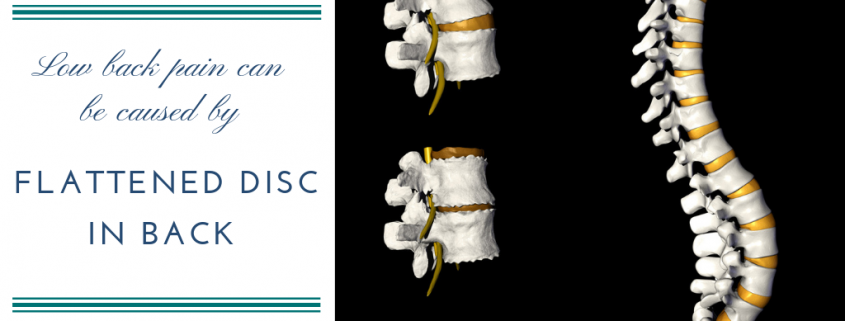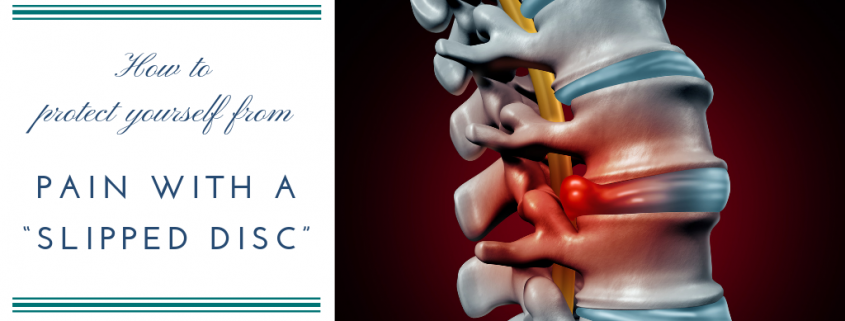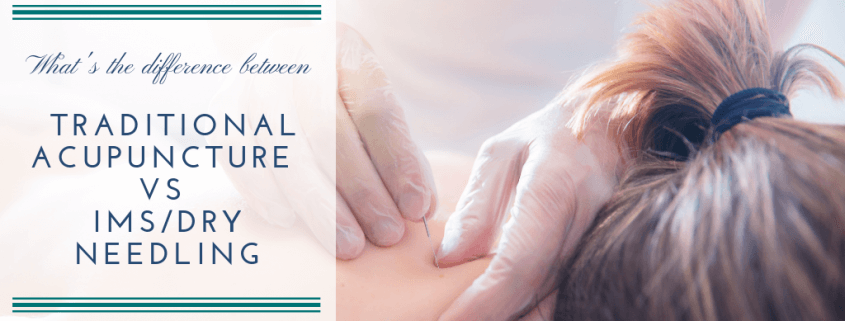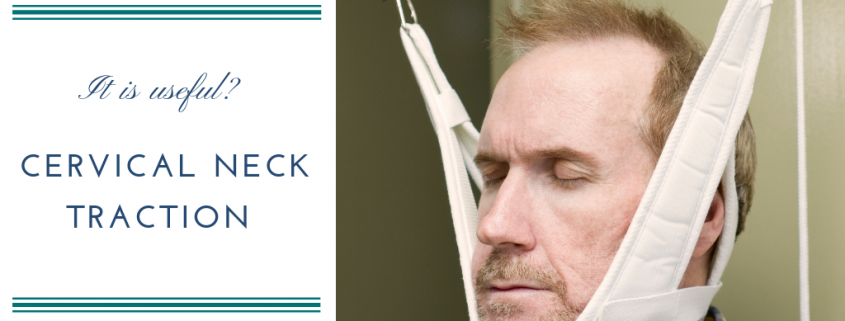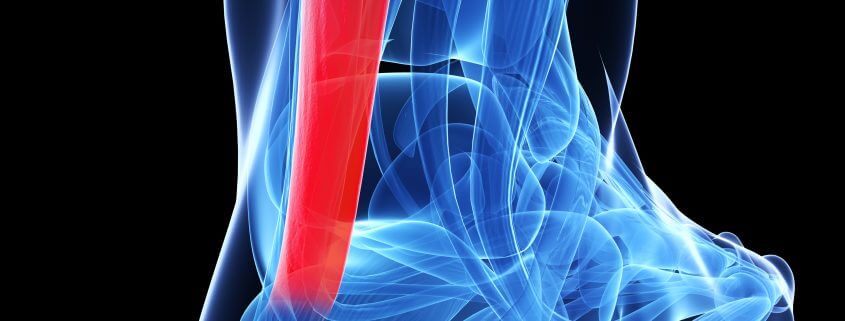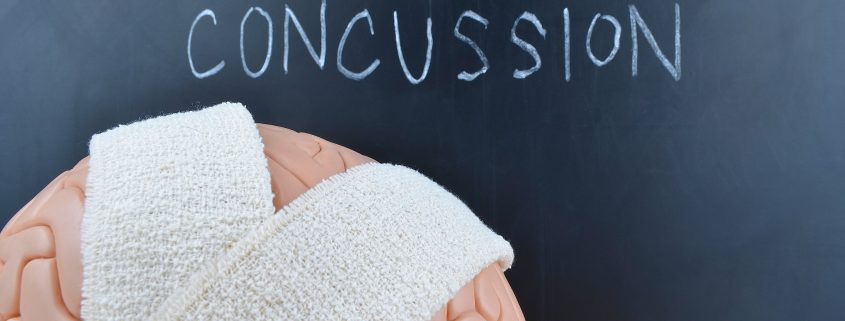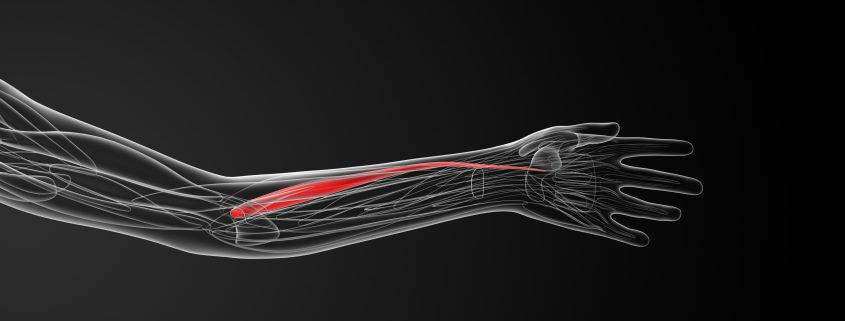The difference between Traditional Acupuncture vs IMS/Dry Needling
Uncategorized /0 Comments/by HCRCTCCervical Neck Traction or Lumbar Low back traction – Is it useful?
Uncategorized /0 Comments/by HCRCTCHeel Pain Or Tendon Pain With Running
UncategorizedDo you ever experience pain in the back of your heel or up the big ropey tendon above your heel, when you run? It could be when playing a sport like soccer or lacrosse, when running up a hill, or when trying to run distances. This is commonly known as Achilles tendonitis.
Your Achilles tendon attaches at the back of the heel and runs up the back of your leg, eventually becoming your calf muscle.
The tendon in the back of your heel can become strained or irritated with overuse (doing the same activity for a long period of time), or with an aggressive burst of movement (sprinting, running quickly up a hill, etc). You can have pain right at the base of the heel only, or up the tendon as well. If you pinch the tendon at the back of your heel and it causes pain, there is a good chance that you have Achilles tendonitis.
What can we do about it?
Avoid activities that bother the heel or tendon, until it settles. At home you can try ice three times a day for ten minutes in the initial three days of the injury. A stair stretch can be helpful as well. Stand with your toes on the stair, and drop your heels down below the stair. Hold for 15 – 30 seconds and repeat twice. If doing both at the same time is too sore, try keeping one full foot on the stair, and just dropping the other heel. Remember it should never be painful. Nice and gentle. After symptoms are feeling much better, doing heel raises for strengthening might help (10-15 at a time), and gradually easing back into your activity.
Of course physiotherapy is also helpful if you run into trouble. Some of our machines help with quick healing and pain management, especially our Bioflex laser and Class 4 Lite Cure laser treatment. This, along with a gradual exercise program may help you return to your activity quickest. Hope these tips help.
Baseline Testing for Concussions
UncategorizedHave you heard about baseline testing for Concussions? It seems to be the latest buzz for athletes involved in contact sport but how does it work, and why is it important?
There has been a surge of research about treating concussions and deciding when to return to play safely, and baseline testing is one tool used to help us to decide. Research shows us that if an athlete returns to play before the brain is fully healed, and gets hit again causing a concussion, it can cause permanent injury to the brain. A second concussion in a short period of time also drastically lengthens the time it takes to recover. In some cases, athletes can have chronic symptoms that can linger for years like headaches, depression, anxiety, and difficulty with short term memory.
It is better to look after the first concussion in order to avoid longstanding problems.
At HCRC we use the IMPACT computerized baseline test, and/or the SCAT5 test. Athletes would come to the clinic once a year before the start of their season to perform one of these tests (the IMACT test if you are over the age of 10, the SCAT5 test if you are 9 and under, or both if you want to be extra safe). This would measure how your brain functions when it is healthy and does not have a concussion. In the unlikely event that you do sustain a concussion, we would redo the same test after your concussion has resolved and before you return to play, to see if your post-concussion test scores match your pre-injury baseline. In some cases, you can feel good and have no symptoms, but still do poorly on the post injury test, which means that your brain is still recovering. In this case the athlete should sit out one more week and then redo the post injury test again, until it matches the baseline.
At HCRC we highly recommend baseline testing for many sports including hockey, lacrosse, soccer, figure skating, rugby, and gymnastics. The testing takes 45 minutes to an hour and is billed as a physiotherapy assessment for your extended health insurance. Give us a call to book your baseline assessment and have peace of mind knowing that you will have one more tool to help you decide when your child is safe to return to play after a concussion.
What is the difference between Class 4 laser and Bioflex laser and when do you choose one over the other?
Laser, or light therapy is a great modality to use for many clinical reasons including reducing pain and swelling, helping tissue heal, and helping improve chronic conditions like arthritis. Light therapy is extremely safe to use. There are no Ultraviolet rays, or radiation involved, only a small bandwidth of light that is helpful for healing tissue. The light radiates into your tissue and saturates your cells with light, giving them an energy boost and helps them to function normally. The treatment is very gentle and comfortable.
At HCRC we are pleased to be able to offer both Class 4 laser services (Litecure) and Bioflex Class 3B laser services. It is fantastic to have both options, as some conditions respond better to Bioflex laser, and others the Class 4 laser. As well, with two patients having the same condition, one may prefer the Bioflex laser, and the other may prefer the Class 4 laser.
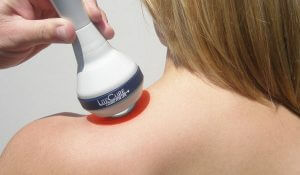 A Class4 laser is more powerful than a Class 3B laser, allowing us to treat an area in a shorter period of time. We would often combine Class 4 laser treatment with your regular physiotherapy treatment if it is felt that you would benefit from both exercise, stretching, and joint mobilization traditionally performed during your physiotherapy treatment and laser treatment.
A Class4 laser is more powerful than a Class 3B laser, allowing us to treat an area in a shorter period of time. We would often combine Class 4 laser treatment with your regular physiotherapy treatment if it is felt that you would benefit from both exercise, stretching, and joint mobilization traditionally performed during your physiotherapy treatment and laser treatment.
We may choose to use the Class 4 laser over the bioflex laser(3B) if there is a smaller area to be treated, or if there are multiple areas that you would like treated all at once (Treatment parameters for the Class 4 laser are one minute per playing card surface area so if you requir treatment for both elbows for example, we could easily do this using the class 4 laser).
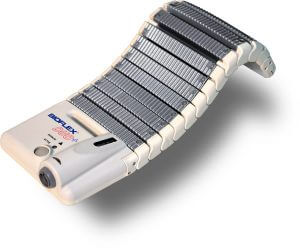 For some conditions, the slower deliverance of light to the injured area can be overall better for healing, so the Bioflex Class 3B laser would be more appropriate. A really acute injury often responds better to Bioflex laser, or on the other spectrum, more chronic arthritic conditions.
For some conditions, the slower deliverance of light to the injured area can be overall better for healing, so the Bioflex Class 3B laser would be more appropriate. A really acute injury often responds better to Bioflex laser, or on the other spectrum, more chronic arthritic conditions.
Treatments are often 30-60 minutes per body part and patients often come for bioflex laser alone until symptoms improve, and then traditional physiotherapy may be added if required.
If you think laser therapy might be something that would help you, give us a call to book your laser assessment and speak to one of our experienced physiotherapists about whether laser can help you. Your first laser treatment is also included in your assessment. We look forward to meeting you.
Elbow Pain with Raking
UncategorizedWith the nice weather, everyone is trying to do some yard cleanup.
Raking is good exercise but if you overdo it, your elbows can start to give you trouble. You can experience pain on the inside or the outside of the elbows. This is from heavy gripping or pulling during raking. You may even find that the simplest things like pouring coffee into a cup or turning a door knob become unbearable. It is hard to rest them, as everything you to it seems, involves your elbows, from washing your hair, to opening a jar.
How did this happen?
The muscles that help you grip things and pull things originate on the inside and the outside of the elbows, which is why you feel the pain often in your elbows and even down your forearm when you overdo it with certain activities.
What do I do about it?
You can try to ice your elbows three times a day for ten minutes in the first three days of the injury, and after that, heat might be more helpful. Stretching several times a day – with your elbow straight, bend your wrist and point your fingers to the floor. You can use your other hand to put a little overpressure on the wrist and hand to get a deeper stretch if you need to. The next stretch you start with your elbow straight but the palm of your hand facing up, and then you tip your fingers to the floor and use your other hand to apply a little pressure to the hand in that position to get a deeper stretch if you need it. Stretches should never be painful, just light to medium. It is painful, back off a little. You can also try to massage the inside or the outside of the elbow using cream of any sort, and also the forearm muscle.
And lastly, if your symptoms do not go away in a timely manner, come to see a physiotherapist. At HCRC our physiotherapists have taken advanced training in the area of orthopaedics in order to have the skills to effectively treat your problem as efficiently as possible. Bioflex laser or Class 4 laser can also help with healing initially so often this can be incorporated into your care. We look forward to seeing you if you need our help.
HALTON COMMUNITY REHABILITATION CENTER
Address:17 Wilson Drive, #12
Milton, ON L9T 3J7
Phone: 905-876-1515
Fax: 905-876-3737
Hours of operation:
Monday – Thursday: 7am – 8pm
Friday: 7am-5pm, Massage after hours by appointment only
Saturday: 8am-2pm, Massage after hours by appointment only

